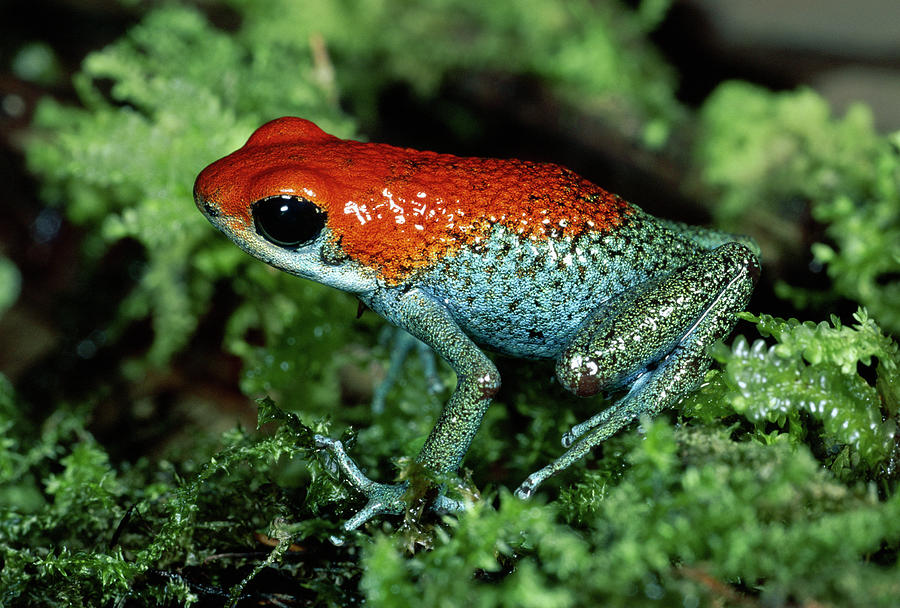

Scientists think that poison dart frogs take chemicals from the food they eat - like centipedes, mites, and ants - and use these chemicals to make poison.

That’s actually how they got the name “poison dart frogs.” The tiny golden dart frog has enough poison to kill 10 adult humans! Native people used the poison for hunting large animals by dipping it on the tips of their darts. The research has been published in the journal PNAS.Question: How do poison dart frogs get their poison?Īnswer: Great question! Poison dart frogs live in rainforests, and they are some of the most poisonous animals in the world. "Whether a reverse mutant remains partially batrachotoxin-resistant as predicted by stepwise increases of toxin autoresistance in poison frogs during evolution merits additional studies." terribilis muscle sodium channels is primarily due to an equivalent rNav1.4- N1584T substitution, which eliminates nearly all batrachotoxin actions," the study's conclusion reads. "Our results strongly support the conclusion that batrachotoxin autoresistance in P. The purpose of the study was to find the mutation that makes the endangered frogs immune to their own toxin. There is still no known antidote for puffer fish toxin. This doesn't mean we'll be able to find an antidote, though. Previous research conducted by a Harvard team suggested there were multiple origins for the frogs' resistance to their own toxin, but the SUNY team's research suggests that, like the puffer fish, the frogs' resistance comes mainly from a single genetic mutation. For this mutation, the amino acid asparagine is replaced with the amino acid threonine. The one substitution that remained resistant is called N1584T. All but one still showed a high sensitivity to the toxin. The next step was to try the substitutions one by one. When all five of the rat amino acids were replaced with the frog mutations, the rat muscle was completely resistant to batrachotoxin. Using rat muscle, they tested five naturally occurring amino acid substitutions that had been found within P. The researchers, Sho-Ya Wang and Ging Kuo Wang, looked to amino acids for the frogs' immunity. But they have a single amino acid mutation that modifies their sodium channels so that they are immune to their own poison. Puffer fish tetrodotoxin also works on the sodium channel, although the mechanism is slightly different.

The heart is particularly susceptible, and the end result is cardiac failure. So why don't they die of it themselves? To figure it out, researchers from the State University of New York (SUNY) turned to rats.īatrachotoxin works by irreversibly opening the sodium channels of nerve cells, which permanently blocks the transmission of nerve signals to the muscles, while preventing the muscles from being able to relax. When removed from their natural environment and bred in captivity, they are completely harmless, which has led to the accepted theory that, like poisonous puffer fish, the frogs synthesise the toxin from their diet. The frogs don't create the toxin themselves. There's only one known species that is resistant to it ( a snake), and there is no known antidote. Enough of it, on average, to kill 10 human beings - if the poison enters your bloodstream, you'll likely be dead in under 10 minutes.
Rainbow poison dart frog skin#
They look adorable, but within their skin glands, they store an alkaloid toxin called batrachotoxin.


 0 kommentar(er)
0 kommentar(er)
